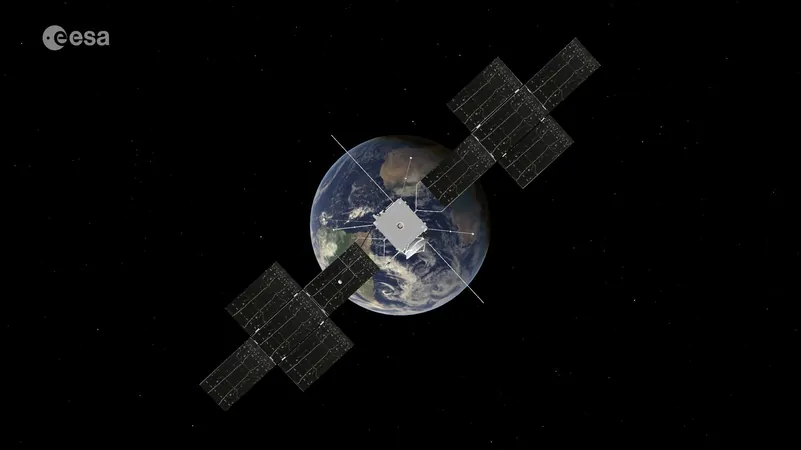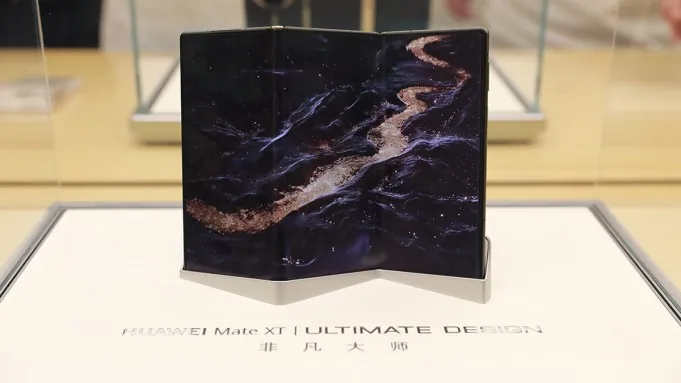
Juice Spacecraft Leaves a Trail of Surprises in the Solar Wind
2024-09-26
Juice Spacecraft Leaves a Trail of Surprises in the Solar Wind
In an astounding revelation, the European Space Agency's (ESA) Jupiter Icy Moons Explorer (Juice) is transforming the very environment it traverses in space, with profound implications for its scientific missions. A new study recently published in the Journal of Geophysical Research: Space Physics highlights how Juice interacts with the solar wind, resulting in unexpected phenomena that could hinder its observational capabilities.
Launched on April 14, 2023, Juice has now completed a full orbit around the Sun, navigating through a complex mix of particles and magnetic fields emitted by our star. The study reveals that this interaction creates not only surface charging issues—potentially affecting the spacecraft’s instruments—but also generates a substantial ion-free wake, extending over 65 meters behind it, reminiscent of a boat's wake on water.
Mika Holmberg, a key researcher from the School of Cosmic Physics at Dunsink Observatory in Ireland, explains the significance: "Juice's operating environment is dynamic and poses challenges for accurately measuring the natural surroundings of the spacecraft." This is crucial as the primary objective of Juice is to investigate Jupiter and determine the habitability of its moons—Europa, Ganymede, and Callisto—each believed to host vast subglacial oceans.
Equipped with ten advanced instruments, including the Radio and Plasma Wave Investigation (RPWI) and the Particle Environment Package (PEP), Juice stands ready to probe the intriguing plasma environment surrounding Jupiter. This environment is heavily influenced by Jupiter’s powerful magnetic field—second only to that of the Sun.
To model the impacts of the solar wind, the study's team used ESA's Spacecraft Plasma Interaction Software (SPIS), initially designed to predict risks of electrostatic buildup on spacecraft. Findings reveal that various parts of Juice experience charging effects, with the main body and solar panels reaching up to six volts, while the high-gain antenna can soar to eight volts. Notably, the spacecraft's radiators, designed to dissipate heat, can plunge to a staggering negative 36 volts.
These surface charge variations distort incoming particle paths and affect the energy levels of particles in the surrounding environment. Consequently, an ion wake behind Juice not only complicates the interpretation of data from its instruments but also requires meticulous characterization to differentiate it from natural plasma structures.
The study also noted that Juice inadvertently emits particles, creating a dense cloud of electrons that exceeds the density of the solar wind by 130 times. These emissions pose another layer of complexity for the particle analysers aboard Juice, necessitating careful segregation of self-generated particles from ambient solar wind data.
Holmberg emphasizes, "Understanding these interactions will be vital for the Juice team as they refine their measurements and develop correction techniques. These efforts are crucial to maximizing the scientific outcomes of our mission, particularly regarding the assessment of the habitability of icy moons around Jupiter."
As Juice continues its journey through the solar system, it not only gathers data on the mysteries of Jupiter and its moons but also offers an unexpected lens through which we can examine the intricate dance between spacecraft and their environments in the vast expanse of space. Keep watching as we uncover more about the challenges and revelations from this groundbreaking mission!






 Brasil (PT)
Brasil (PT)
 Canada (EN)
Canada (EN)
 Chile (ES)
Chile (ES)
 España (ES)
España (ES)
 France (FR)
France (FR)
 Hong Kong (EN)
Hong Kong (EN)
 Italia (IT)
Italia (IT)
 日本 (JA)
日本 (JA)
 Magyarország (HU)
Magyarország (HU)
 Norge (NO)
Norge (NO)
 Polska (PL)
Polska (PL)
 Schweiz (DE)
Schweiz (DE)
 Singapore (EN)
Singapore (EN)
 Sverige (SV)
Sverige (SV)
 Suomi (FI)
Suomi (FI)
 Türkiye (TR)
Türkiye (TR)